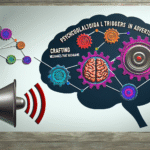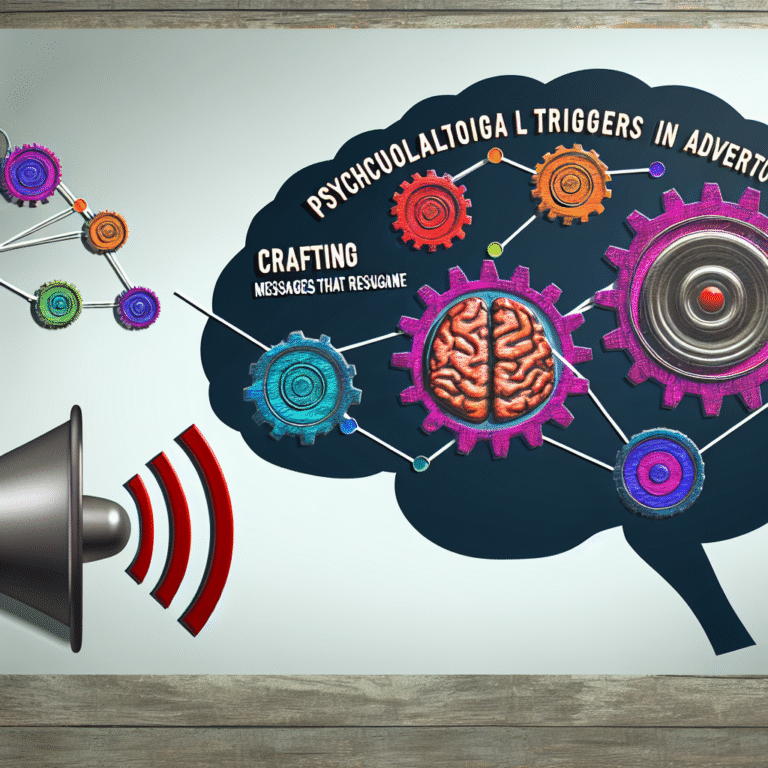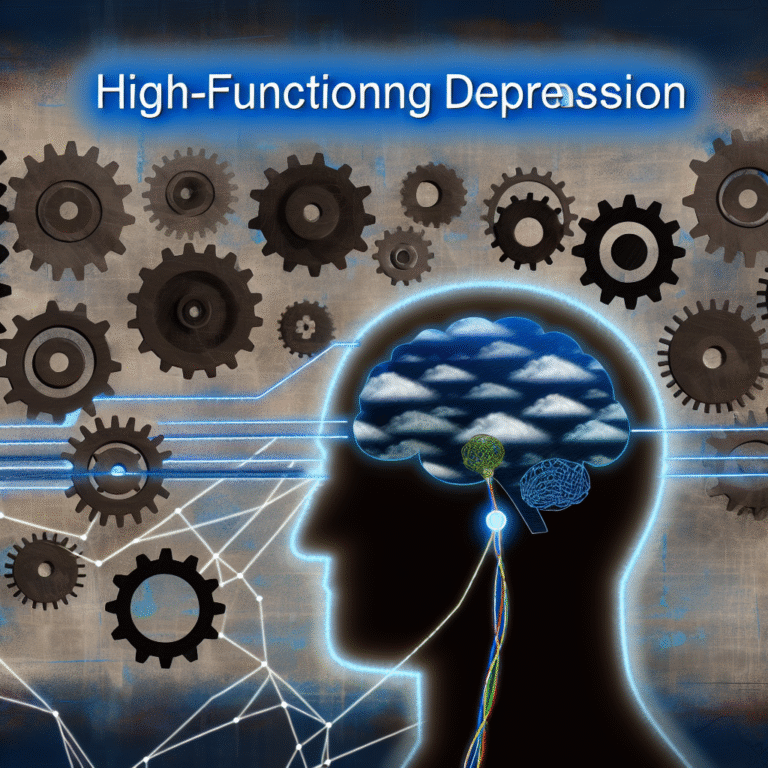
Introduction
In a world seemingly fraught with conflict and misunderstanding, the concept of forgiveness often hangs like a distant dream. It’s easy to get lost in the hurt inflicted by others, becoming ensnared in a web of resentment and bitterness. Yet, the art of forgiveness is not just a noble aspiration; it’s a fundamental step toward emotional healing and personal growth.
In this article, we’ll explore Steps to Forgiveness: A Roadmap for Releasing Hurt and Finding Peace, offering actionable insights that encourage you to take the necessary steps on your journey to liberation. Whether you’ve experienced deep betrayal or everyday misunderstandings, understanding the roadmap to forgiveness can transform your emotional landscape and, ultimately, your life.
The Importance of Forgiveness
Forgiveness is often misunderstood as a sign of weakness or a capitulation to the offender. However, true forgiveness is an empowering choice. Research shows that forgiving others leads to measurable improvements in mental and physical health. It reduces the stress of holding onto grudges and enables individuals to live more freely and joyfully.
Case Study: The Healing Journey of Sarah
Sarah, a 32-year-old woman, harbored resentment toward her mother for years due to an abusive childhood. The pent-up anger impacted her relationships as an adult. However, after attending a forgiveness workshop, Sarah learned that forgiving her mother didn’t mean condoning the abuse. Instead, it offered her a pathway to own her experiences and free herself from emotional burdens. Through a structured approach, she was able to embrace forgiveness, leading to a marked improvement in her emotional well-being.
Understanding the Steps to Forgiveness
1. Acknowledge Your Feelings
Before embarking on the journey of forgiveness, it’s vital to recognize and validate your feelings. Denying or suppressing emotions often leads only to more pain. Journaling can be a powerful tool here. Write down how you feel about the situation to clarify your thoughts and emotions.
2. Understand the Impact of Grudges
Holding a grudge affects your mental and emotional health. According to studies from the Journal of Health Psychology, individuals who forgive have lower levels of anxiety and depression. A chart illustrating the correlation between holding grudges and increased mental health issues can be enlightening here:
| Emotional State | Percentage of Grudge Holders | Percentage of Forgivers |
|---|---|---|
| Anxious | 76% | 30% |
| Depressed | 65% | 20% |
| Isolated | 55% | 15% |
3. Empathize with the Offender
While it might seem impossible, trying to understand the motivations behind an offender’s actions can be a pivotal step. Practicing empathy lifts the weight of resentment and allows for personal growth. Consider what might have driven their actions—this perspective can help in humanizing them.
4. Make a Conscious Decision
Forgiveness is a choice; it’s a conscious decision to release negative emotions. This may involve saying a mental or verbal affirmation, such as, "I choose to forgive you." This simple action can initiate a profound emotional shift.
5. Take Action
Once you’ve made the decision to forgive, take steps toward action. This could include writing a forgiveness letter (even if you never send it), talking to the person if appropriate, or engaging in acts of kindness toward them. Action solidifies your commitment to forgiveness.
6. Let Go of Expectations
Letting go of the need for an apology or change in behavior from the offender is crucial. Understand that true forgiveness is about freeing yourself, not about altering others. Release all notions of retribution or punishment. This step frees you to move on without the emotional shackles.
7. Embrace Self-Forgiveness
While the focus is often on forgiving others, self-forgiveness is equally important. Accept that everyone makes mistakes, including you. Reflect on your missteps, learn from them, and allow yourself to heal.
The Roadmap: A Visual Guide to Forgiveness
To visualize the Steps to Forgiveness: A Roadmap for Releasing Hurt and Finding Peace, consider this flowchart:
| [ Acknowledge Feelings ] –> [ Understand Impact ] –> [ Empathize ] | v v [ Make the Decision ] [ Take Action ] | |
|---|---|---|
| v |
[ Let Go of Expectations ] <-------------------
| |
v v
[ Self-Forgiveness ] --> [ Peace & Healing ]This flowchart simplifies the journey, making it easy to follow and reference at any stage.
Overcoming Challenges in Forgiveness
Forgiveness isn’t always a linear journey; challenges may arise, testing your resolve. Here are some common hurdles and suggestions on how to tackle them.
Challenge 1: Reliving the Pain
It’s difficult to forgive when the hurt feels fresh. Give yourself permission to feel that pain. Understand that healing takes time. Using mindfulness meditation can help you stay grounded while dealing with these emotions.
Challenge 2: Fear of Being Hurt Again
Trust issues can be a significant barrier to forgiveness. Recognize that forgiving doesn’t mean you need to reintegrate the person into your life. It’s possible to forgive someone and still set firm boundaries.
Challenge 3: Conditional Forgiveness
Some may feel as though they can only forgive if the person is remorseful. Remember, true forgiveness is about you, not them. You don’t need their validation to move forward.
Real-Life Applications of Forgiveness
Case Study: The Power of Community Support
A community in a small town was rocked by a tragic event wherein a local resident lost their life due to a drunk driver. Instead of resorting to anger and hatred, the community chose to hold a forgiveness rally. Victims’ families openly expressed their grief and offered forgiveness to the driver. This collective act not only provided peace and healing for themselves but also became a catalyst for conversations about responsible behavior and support for addiction recovery.
Analysis
The town’s decision to embrace collective forgiveness not only alleviated personal pain but also transformed communal grief into a rallying point for change. This illustrates that forgiveness can often have wider societal benefits.
Conclusion: Your Path to Peace
Steps to Forgiveness: A Roadmap for Releasing Hurt and Finding Peace are profound and accessible to anyone willing to take the journey. By acknowledging your feelings, empathizing, and making a conscious decision to forgive, you unlock the potential not just for emotional healing but also for personal growth and healthier relationships.
Forgiveness is not a destination but a continuous journey. Embrace it with courage and openness. By taking these steps, you can find peace amidst the chaos and release the hurt that has held you captive for so long.
Key Takeaways:
- Acknowledge your feelings before moving on.
- Empathize with the offender to humanize them.
- Let go of expectations and focus on your well-being.
- Self-forgiveness is essential on this journey.
Command your narrative and reclaim your peace!
FAQs About Forgiveness
1. Is forgiveness necessary for healing?
Yes, studies show that forgiveness can significantly improve mental and emotional well-being, allowing individuals to heal from hurt more effectively.
2. What if the person who hurt me doesn’t seem remorseful?
Forgiveness is about your healing, not their remorse. You can forgive someone for your own peace, regardless of their position.
3. Can I forgive but still maintain boundaries?
Absolutely! Forgiving someone doesn’t mean you have to allow them back into your life. Set firm boundaries that make you feel safe.
4. How do I deal with triggers that remind me of past hurt?
Practice mindfulness and grounding techniques to stay present when faced with triggers. Journaling about your feelings can also help process these triggers.
5. Is self-forgiveness important?
Yes! Self-forgiveness allows you to learn from mistakes, move on without guilt, and embrace personal growth. It’s a crucial part of the healing journey.
Now that you’ve explored the Steps to Forgiveness: A Roadmap for Releasing Hurt and Finding Peace, take the first step today. Your emotional freedom awaits.
















